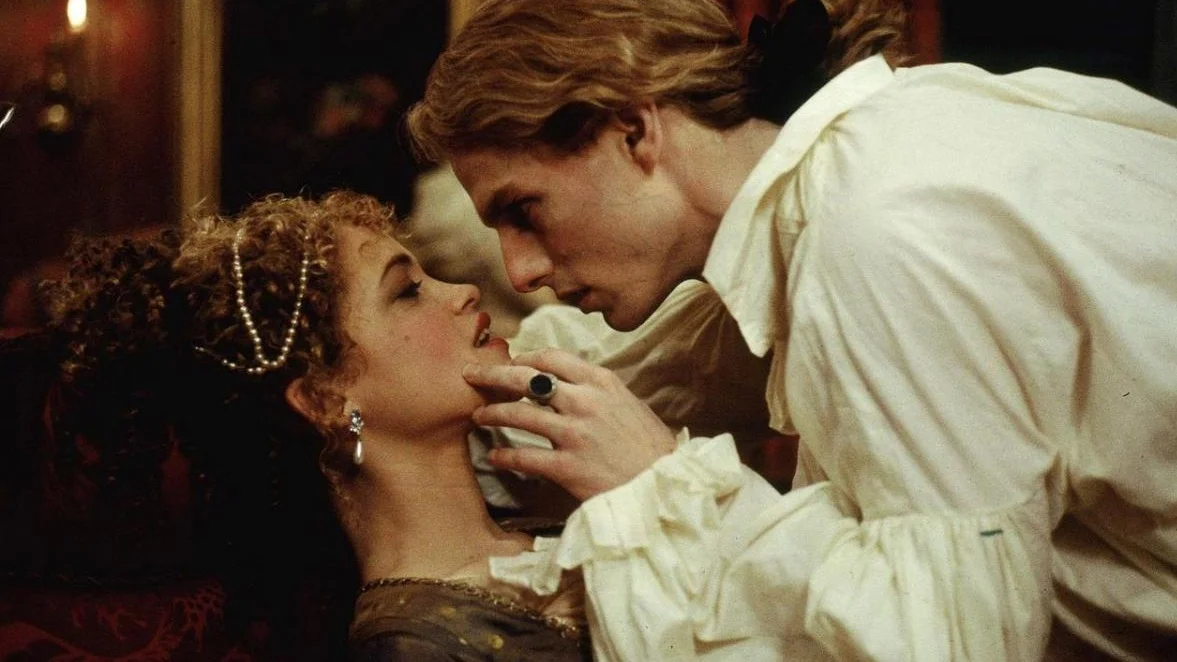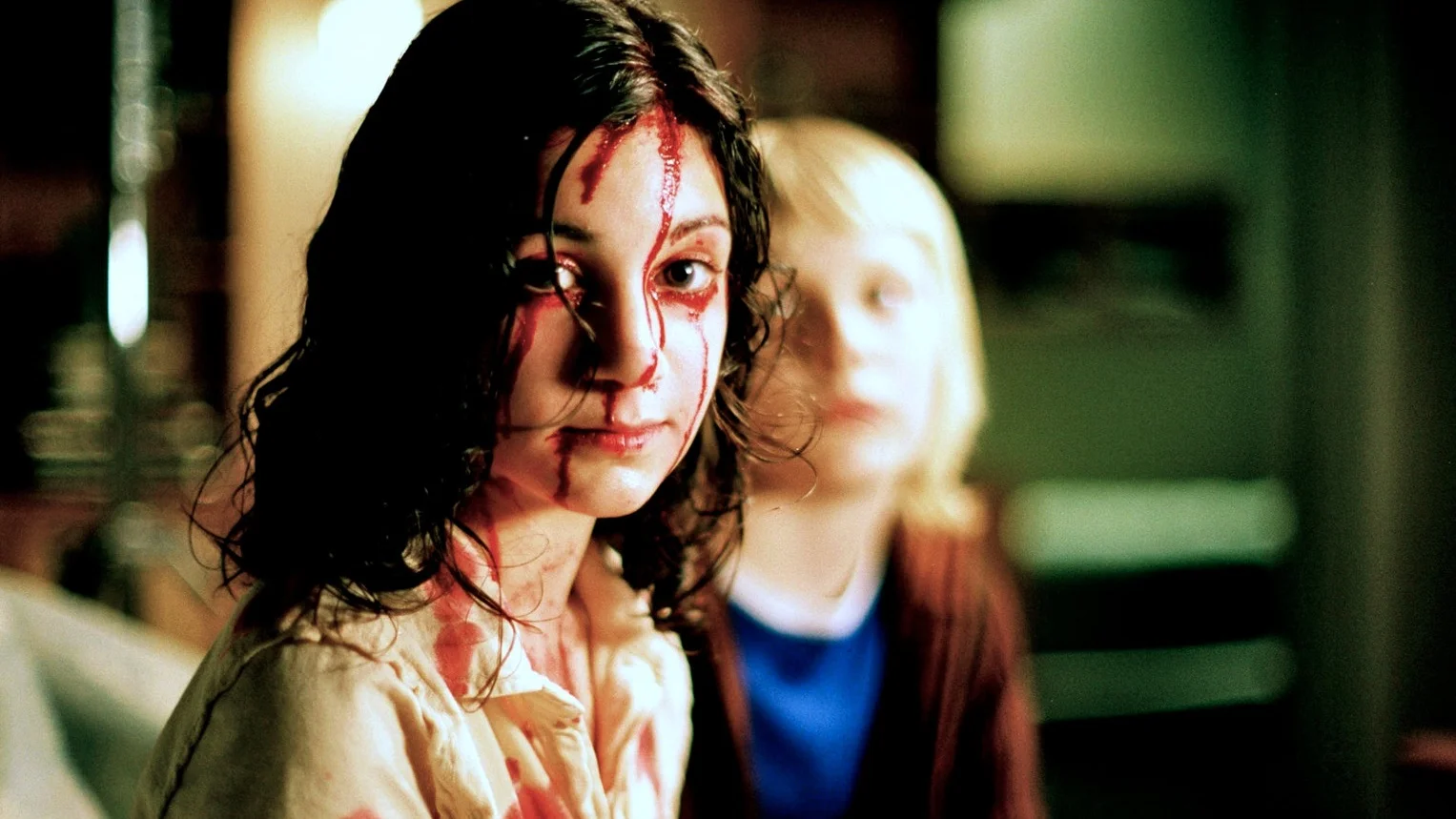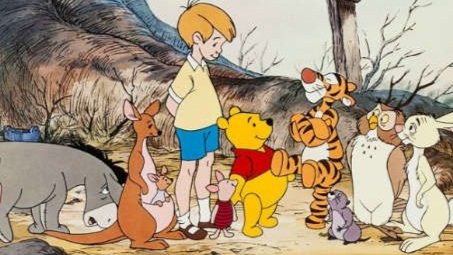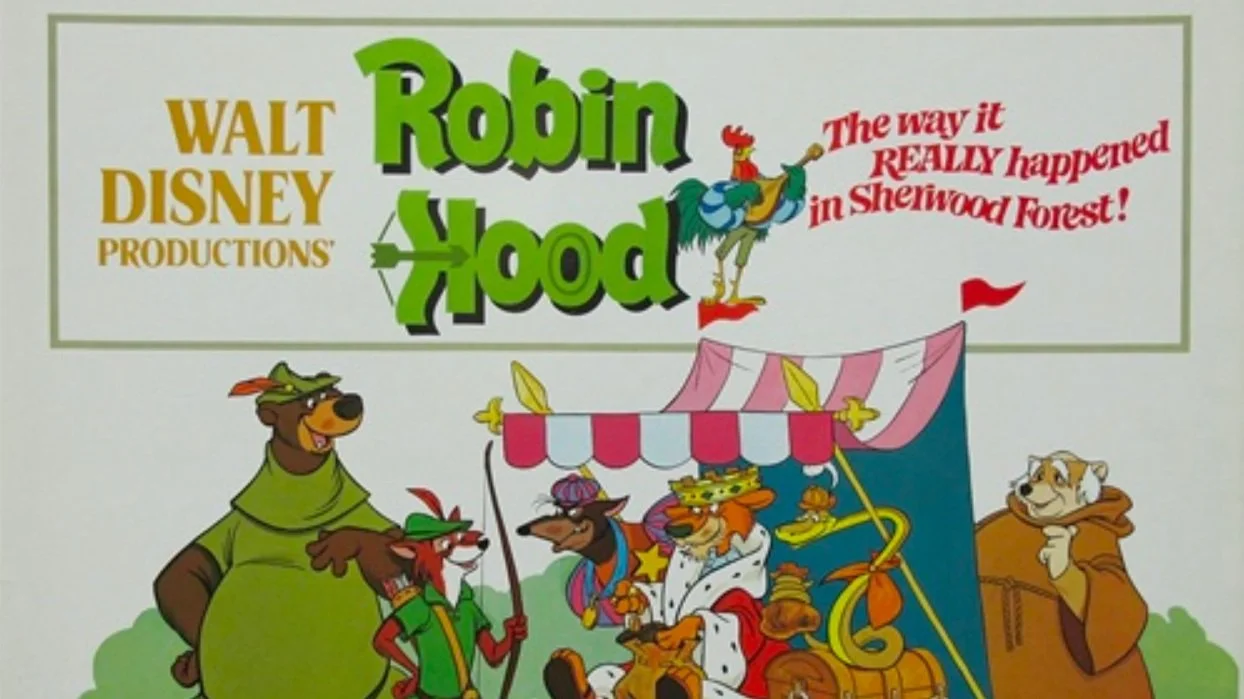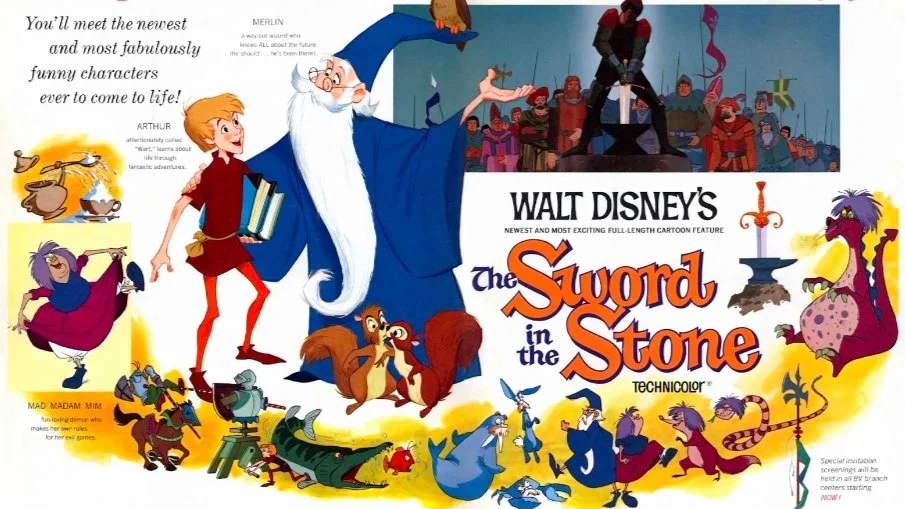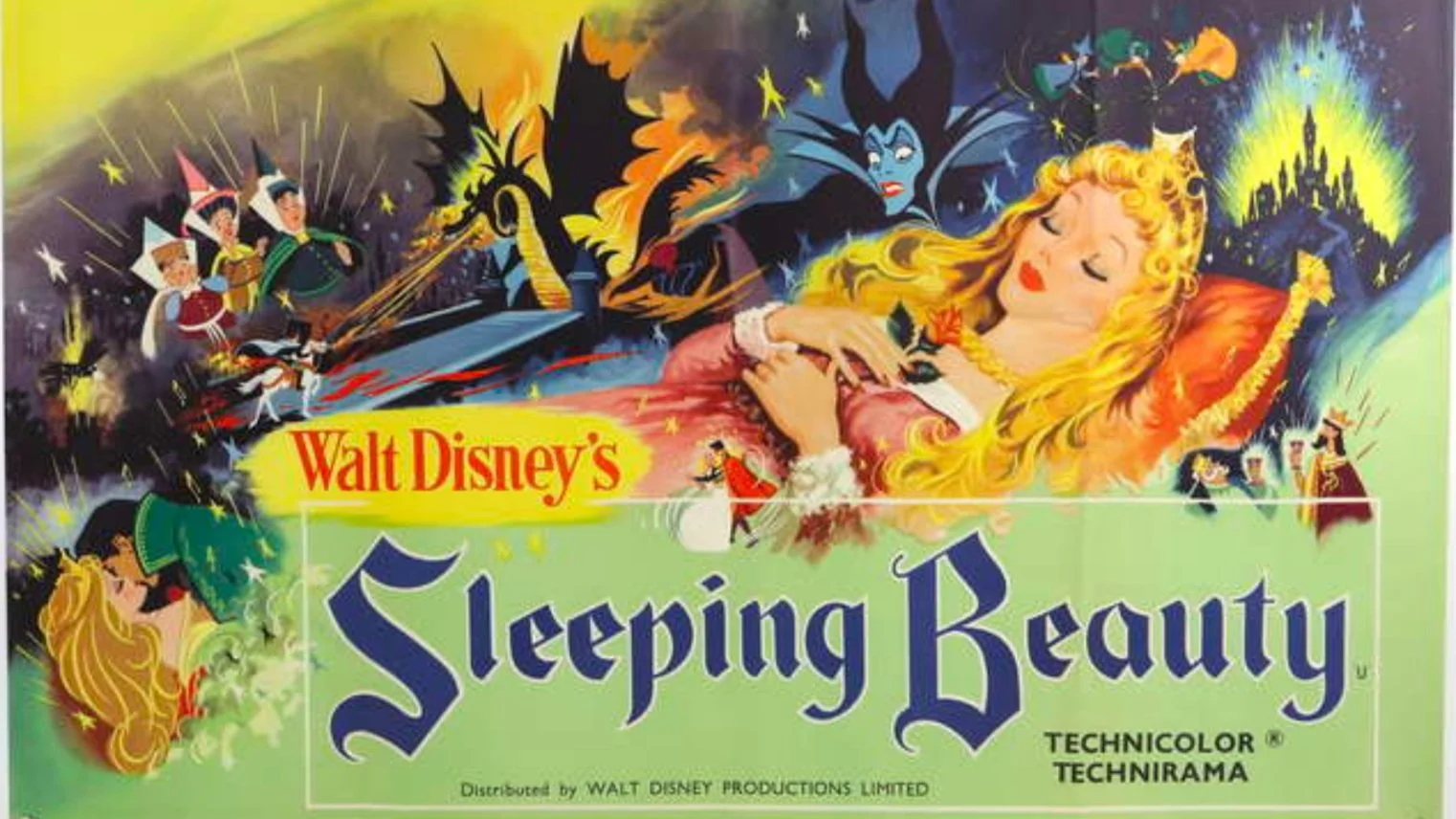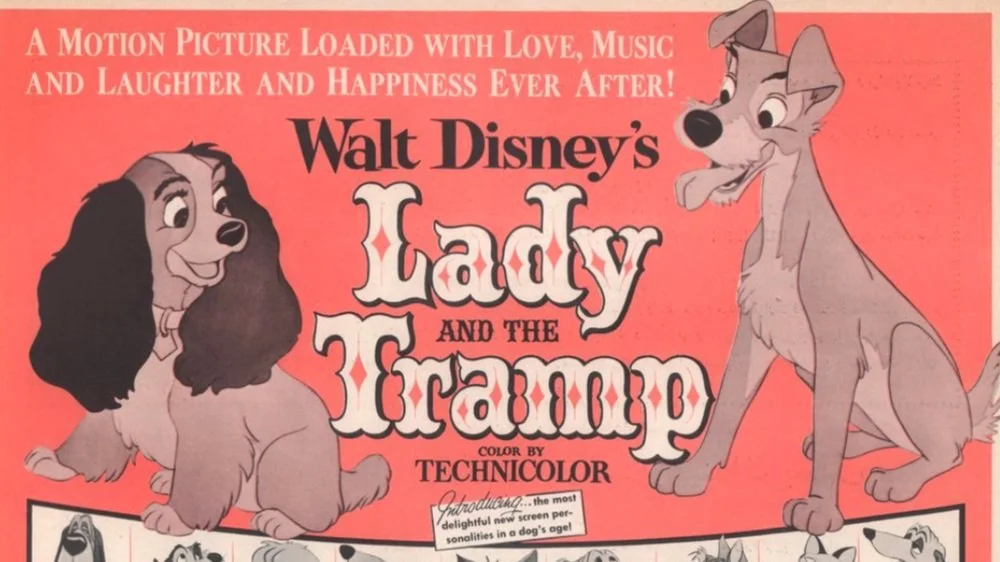Blood Lust: A Primer on Queerness in the Vampire Genre
Alejandra Gonzalez gives an introduction to her new column, Blood Lust, in which she focuses on queerness in the vampire genre.
Within the last decade, The Vampire found itself reemerging on screens everywhere as the perfect vessel for tragic, melodramatic romances, with the likes of the Twilight films and TV series like The Vampire Diaries. The Vampire has more interestingly been used as a shorthand for exploring queer relationships and identities for over a century before then, though, starting with the publication of the lesbian vampire story Carmilla in 1872 and running all the way through HBO’s True Blood and beyond. The inherent queerness of The Vampire can be recognized in almost every movie that involves them and has become a characteristic of the subgenre that this column will dig its teeth into. But why vampires? It is general knowledge among horror fans that pretty much any monster can be representative of “the other” — so what about The Vampire makes them the cinematic go-to for depicting queerness?
Before embarking on this journey that hopes to answer those questions, I was hoping we could get a little personal for context. As a bisexual woman, a lot of my life as a film lover involves searching for the best representations of myself on screen. These representations have come a long way throughout my lifetime, of course, but the depiction of queer characters is still wildly limited and we are often misrepresented. Then I found it — an entire subgenre where every character is just like me. Okay, maybe not identically, as I still haven’t quite mastered the art of hypnosis, but The Vampire is still much more relatable to me than most characters I had ever seen before. I could never quite put my finger on what exactly is was about The Vampire that made them so outside of the heteronormativity I was used to on screen, until I came across an incredible essay by William Tringali that changed the way I approached them for the rest of my life. The essay put things quite literally, about why The Vampire is a perfect vessel by which to explore queerness, especially in film, and it mainly comes down to their physical make-up and social dynamics. Now, I should disclaim that The Vampire mythos is infamous for being inconsistent, so these characteristics vary with each incarnation but are still generally founded on similar principles.
Let’s just get to the dirty details: Vampires are largely based on penetration and the exchange of bodily fluids, often regardless of the sex or gender of their “victims.” I know it sounds like I’m explicitly describing something that can be considered a sexual experience, and that’s because I am. However, in the case of The Vampire, this penetration is exercised through sharp fangs and the bodily fluid being exchanged is each other’s blood. These iconic feasting scenes are meant to elicit the feeling of watching an intimate sexual encounter. The detail to note here is how often in the subgenre these sequences are shared between characters of the same gender (Interview with the Vampire being my personal favorite example of this). Even more so, it is impressive how frequently it is that a female vampire is acting as the insertive party while her male victim is receptive of her penetration. Most of these sexual encounters fall out of the circle of heteronormativity and becomes something from which I can’t take my eyes away. How often are same-sex scenes of intimacy forced to take place only implicitly and off screen in other genres or stories? With The Vampire, we can see them all the way through at the forefront. There are other elements of The Vampire that make it the perfect vessel for queerness in film, but these characteristics are more specific to the film they are found in and will be elaborated upon with every installment of this series.
While these films can be extremely empowering, it is important to note that The Vampire can also be used to represent fear of “the other,” a fear of queerness, more specifically. They are most often presented to viewers as predators, especially in cases like Fright Night and Interview with the Vampire where the most notable “victims” are under age and impressionable. Even the concept of “turning” once the predator has seduced their prey can be exceptionally problematic in some, if not most, cases. While this seems counterproductive in terms of queer representation, there are films that use this intelligently. In 2008’s Let The Right One In, Eli acts as an extremely sympathetic character who proves that there exists a misconception when it comes to the idea of “the predator,” as she is presented as a child and victim of her own traumas. The same can be said of What We Do in the Shadows, as humor makes the characters sympathetic and are shown to be more human than we would expect.
There you have only a small fraction of what I am so thrilled to explore with this column. Every vampire is different in each iteration, in the same way that no two sexualities are the same. Still, the common themes that thread through these films are undeniable and further support the solidarity that can be found within our own queer communities. Next time, join me as I cover what is arguably my most frequently revisited vampire film: Interview with The Vampire. Come back in two weeks to emerge from the shadows and slake your blood lust with me!


